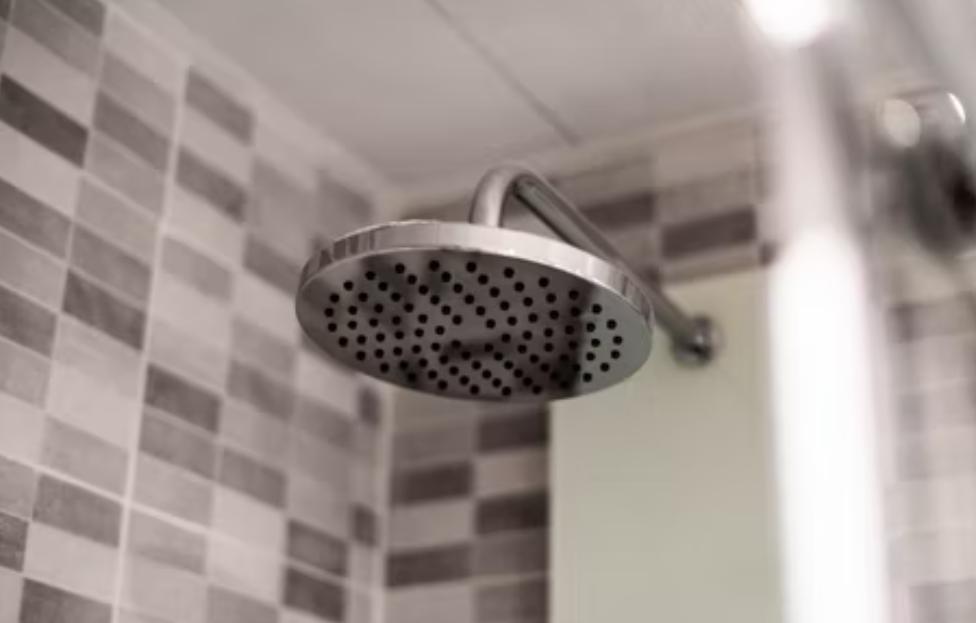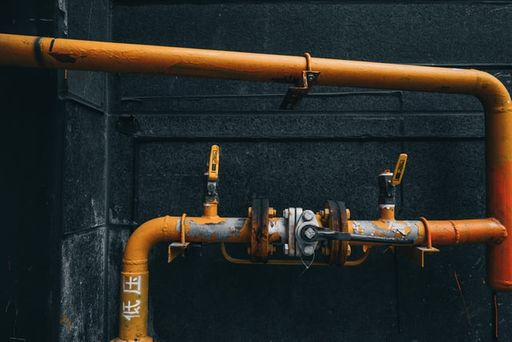Experiencing very little to no water pressure in the shower and throughout the home is not an issue to be ignored, especially since there could be a problem more severe involved. Low water pressure can be a sign of some slightly minimal issues like an obstructed shower head or more serious ones like a damaged and leaking pipeline, which may call for some professional help to resolve. Regardless of how severe the issue that causes low water pressure, immediately taking action to rectify the problem will greatly help in preventing the issue from snowballing into increasing complications.

Why is there No Pressure in My Shower?
Although low water pressure in the shower can be caused by issues ranging in severity, the problems tend to be on the lower end of seriousness and can be easily fixed through some simple solutions. For more serious complications involving repairs and replacements, then contacting a trained professional may be the best option.
8 Reasons for a Low or No Water Pressure in the Shower
Given that poor water pressure in the shower can be caused by many possible issues, we put together some of the most common and likely reasons that answer the question: Why is there no pressure in my shower?
1. Obstructed Shower Head
The nozzles on the shower head tend to build up mineral deposits from the water that runs through it regularly, which can result in an obstruction that may partially or fully clog the water flow. In removing the built-up mineral deposits clogging the nozzles, place the shower head in a plastic bag or bowl containing vinegar and baking soda, and leave it to soak overnight. After soaking the shower head, cleanse the rest of the surface for any residue and use a brush to clean out the nozzles from any remaining minerals and sediments.
2. Accumulated Minerals in Pipes
Notably, in older buildings and pipelines, mineral accumulation is among the most common causes of low water pressure. Given how old pipes and obsolete plumbing systems tend to utilize galvanized piping material, mineral deposits have a higher chance of building up and clogging up the pipelines. Since there is only so much a homeowner can do to prevent and remove the mineral build-up within the pipelines, the best possible solution would be to seek professional help and have a licensed plumber replace and upgrade the pipes or repair any possible damages that may cause low water pressure.
3. Damaged or Leaking Pipes
If the cause of low water pressure throughout the home cannot be found, then there is a chance that the water pipes could be leaking or damaged. Water flowing through fractured pipes will lead to leaks, which means that the amount of water will be less when it reaches the shower pipes since some will have seeped through the leaks. In this case, where the pipes are damaged or leaking, the ideal solution would be to contact professional help and have plumbing experts analyze the situation, fix any damages or replace any obsolete pipelines.
4. Switched Off Valve
Plumbing systems tend to have multiple valves for the piping throughout the building. Given how there are several valves, there could be a chance that one of them is partially or completely closed from a recent plumbing repair or maintenance work. Valves that are not open entirely can result in low water pressure since the water flow may is hindered by a partially closed pathway. To ensure that the water lines are flowing fully and freely with their default water pressure, check each water valve and make sure that all of them are fully open.

5. Water Heater Issue
In some cases, low water pressure in the shower only occurs after switching on the hot water. If activating the hot water results in low water pressure in the shower, then the problem is most likely to be with the water heater. Unless you have the right plumbing skills, it would be optimal to contact professionals to detect and conduct any repairs to the water heater.
6. Faulty Water Pressure Regulator
Shower head water pressure can drastically drop suddenly without any noticeable changes or possible reasons why. An abrupt drop in water pressure may be caused by a defective water pressure regulator, which is usually configured with a water pressure setting of around 46 to 60psi. Given a faulty water pressure regulator, calling in a trained plumber would be the ideal solution, especially since poorly done repairs could lead to more pricey repairs and drain issues.
7. Showering During Peak Hours
Low water pressure in the shower can sometimes be caused by an issue outside of the house and its plumbing system. Some areas have their water pressure divided among the residents’ water usage in the building or neighborhood. In this case, there is likely to be a duration in the day where water use throughout the area is highest, which results in low water pressure in the shower and everywhere else. To confirm this issue, record the water pressure during high and low-usage hours to determine whether the water pressure is affected by community usage. If this is the case, then consider taking showers during low-usage hours for the best possible water pressure.
8. Pressure Balancing Shower Mixer
Some homes come with a shower mixing valve, which is designed to regulate the water temperature by mixing hot and cold water. This results in a sudden drop in water pressure in the shower when the toilet is flushed. Each time the toilet is flushed, the toilet withdraws some cold water from the shower, which is detected by the mixing valve and reacts by limiting the hot water pressure. If there is no water pressure in the shower but plenty everywhere else after flushing, then the pressure regulator is likely to be the cause. Since the toilet flushing takes up the cold water, the shower gets a rush of hot water, and the water pressure plummets. The low water pressure tends to last until the toilet water is refilled, which is usually around half a minute. If the home or building has a pressure regulator, then transitioning to a thermostatic mixing valve should resolve the issue.
Conclusion
Usually, low water pressure in the shower and throughout the building is easy to rectify and can be resolved through many painless methods of increasing the water pressure. In cases where low water pressure is caused by the plumbing, pipelines, water heater, or some indiscernible reason, then getting some trained professionals to help identify and resolve the issue would be ideal.
FAQ about Why Is There No Pressure in My Shower
Clean up the shower head; Replace a new shower head; Install a shower pump; Install a pressurised unvented cylinder; Install an electric shower.
It depends on the current water flow rate. You can increase the flow of water through your shower head by removing any filters or restricting devices. You might also want to consider replacing it with one that has a higher-flow rate.
0 Comments for “Why Is There No Pressure in My Shower? 8 Common Reasons for Low Water Pressure”